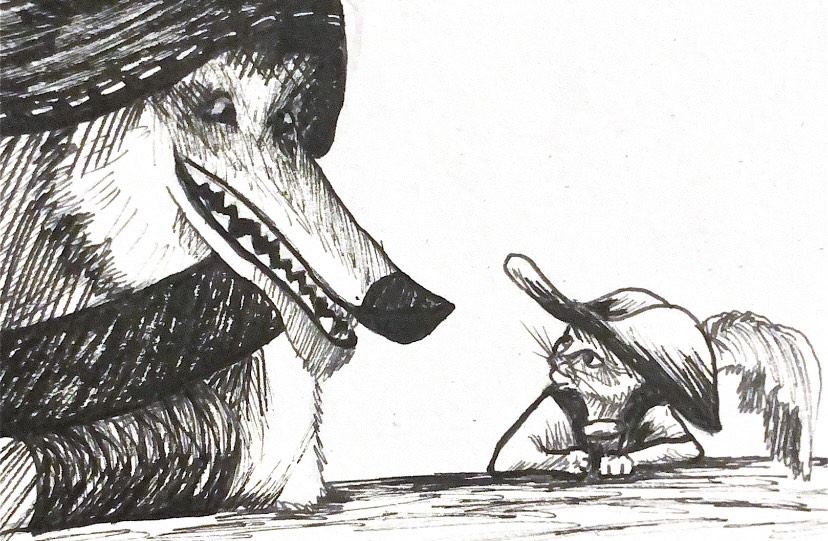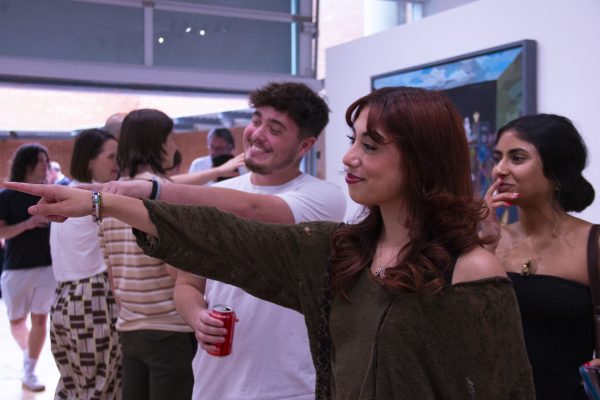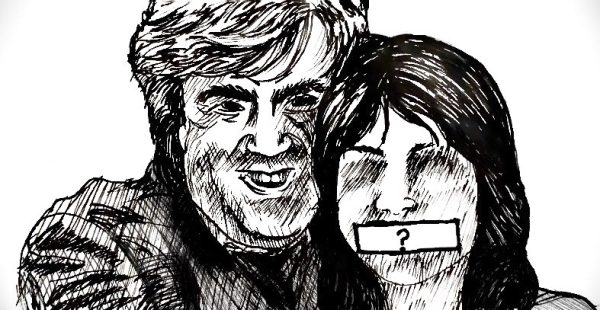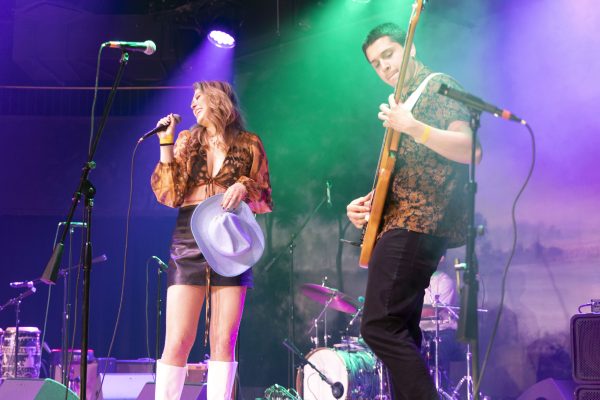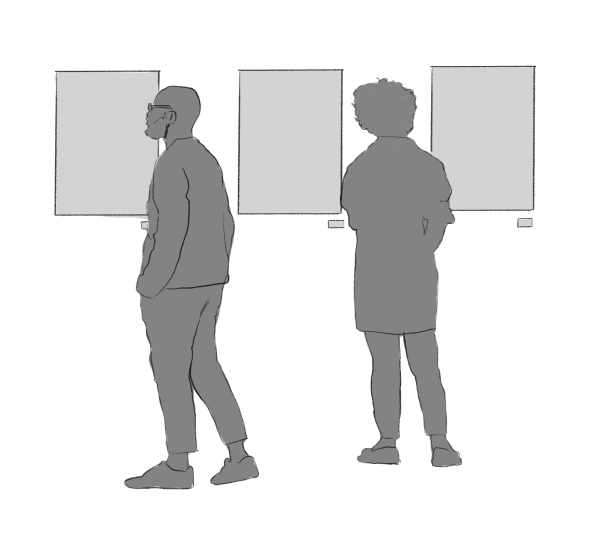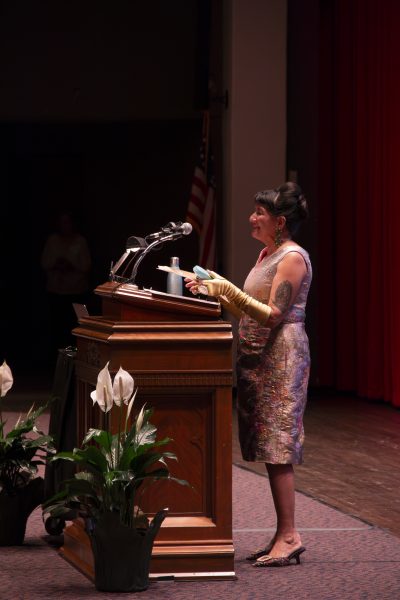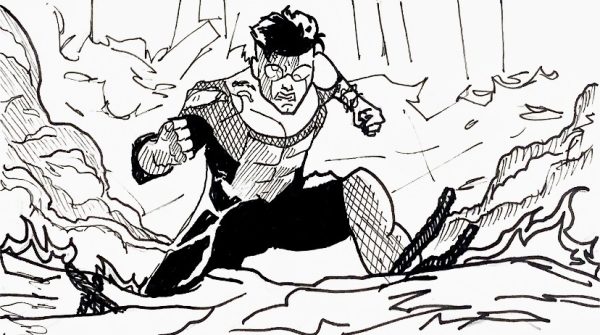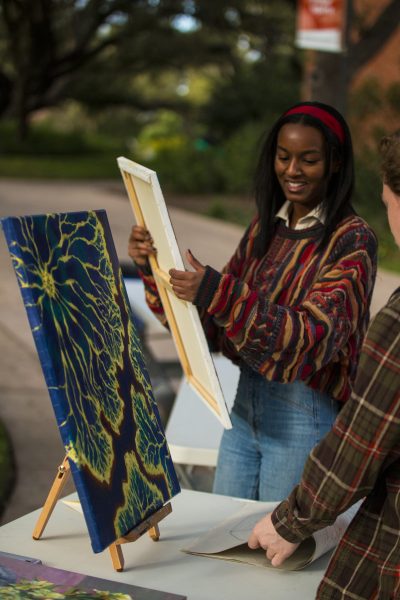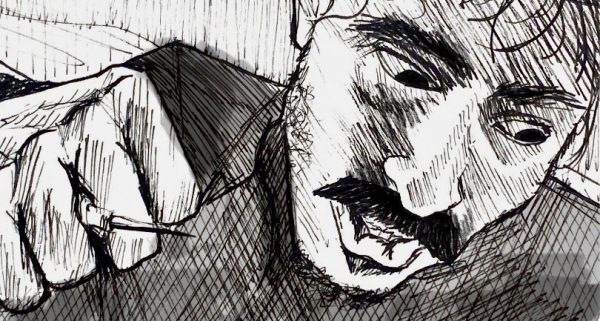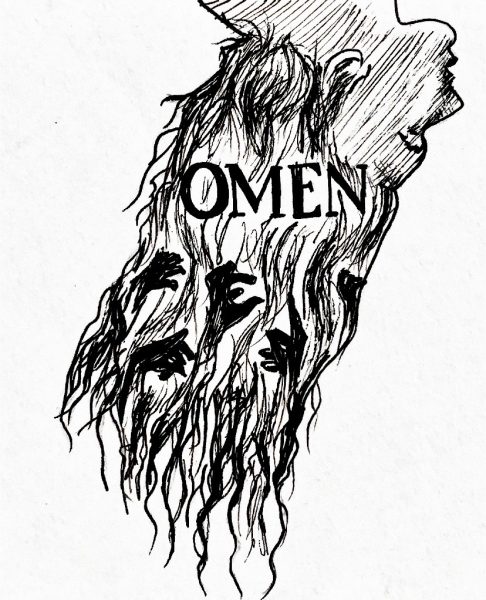Who is your favorite fearless hero? Puss in Boots, of course
“Puss in Boots: The Last Wish” shows what children-aimed 3D animation can accomplish
Around the end of 2022, I kept seeing post after post on social media about how good the movie “Puss in Boots: The Last Wish” was. When I found out that it was picking up a ton of awards buzz, I was a little stunned — the movie hadn’t really been on my radar. I liked Puss in Boots’ character as much as the next person, but the sequel to his spinoff movie wasn’t a top priority for me.
Nonetheless, my curiosity was piqued by all the good reviews. I figured the movie would be enjoyable, but not the masterpiece everyone was saying it was. I was, fortunately, wrong. The movie was exactly as good as everyone said it was, and ended up being easily one of my favorites in years. I laughed, I cried and I would recommend the movie to anyone.
It’s difficult to put a finger on what makes this movie as good as it is; all of the parts of the movie just managed to come together perfectly — writing, voice performances, fight choreography, animation. There’s also just something special about movies that have no right to be as good as they are, movies that take a really unique and creative approach without being weighed down by the expectations of die-hard fans or critics.
“Puss in Boots” certainly defied any expectations I could’ve had. For starters, the main antagonist of the movie is Death (Straight. Up.), embodied by the Big Bad Wolf. In this Shrek-spinoff-sequel, the audience watches as Puss confronts his own mortality for an hour and a half.
The plot of the movie starts in earnest after Puss learns that he is on his last life, after having squandered the previous eight by dying frivolous deaths. He doesn’t know how to handle this news, so he heads out for a drink (of cream) and meets a mysterious hooded figure. As this figure continues talking to him, Puss realizes that he’s talking to Death himself, who is displeased by the way Puss “laughs in the face of death.”
The scene with Death sets up the main theme of the movie: appreciate the life you have. Puss’ nine lives made him feel invincible, but now he’s down to the same number as us: just one. He has to learn to reconcile with this fact, to not let the fear of death paralyze him and, most importantly, to realize that the inevitability of death is what gives life meaning. The movie is able to convey this message even with a PG rating.
The film fully utilizes its fairy tale setting to develop themes and characters. The main conflict of the movie centers around Puss competing with other characters to reach the Wishing Star, which will grant one person any wish if they travel through a magical forest that transforms to reflect the soul of whoever holds the map.
This setup is a great tool for exploring the difference in the wants and needs of each of the characters that pursue the star. Puss, of course, wants to wish for his lives back to regain his invincibility, but he needs to take full advantage of the life he’s living and make meaningful connections. Kitty Softpaws, Puss’ fellow outlaw and occasional love interest, wants to wish for someone that she can trust, but she needs to let her walls down enough to develop trust with the people that are already in her life. Goldilocks, a member of the Three Bears crime family, wants to make her life “just right” by wishing for the family that she lost long ago, but she needs to first realize that the Three Bears are her real family.
The search for the Wishing Star is such a simple but effective premise for the movie, giving the writers an easy way to establish what’s important to each character. This also gives the writers more time to develop the characters and explore the world around them.
The real highlight of the movie, aside from Puss and Kitty’s companion, Perrito (who is so sweet that he WILL make you cry), is the animation. The movie looks gorgeous with its watercolor/storybook aesthetic that melds 2D and 3D animation. Director Joel Crawford explained his reasoning for developing a more hand-drawn style for the film in an interview with Variety.
“So much of art is the human touch, and that’s what was exciting. We wanted to get back to the artist and reduce the imprint of the computer,” Crawford said.
The fight scenes in the movie have been likened to those in “Attack on Titan,” thanks to the insane fight choreography and the “step animation” process the animators use. This means that certain frames get held longer than others for visual contrast. Additionally, the movie’s visuals hide various Easter eggs that add depth to the film. For example, Death is hidden in the background of a shot from the opening sequence and in the design of the title cards identifying Puss’ previous deaths.
As someone who has gotten more than a little tired of the same old 3D animated style, it’s so exciting to see more movies use stylized 3D animation in the wake of “Spider-Man: Into the Spider-Verse.” I hope to see many more of these 2D/3D blend movies in the coming years.
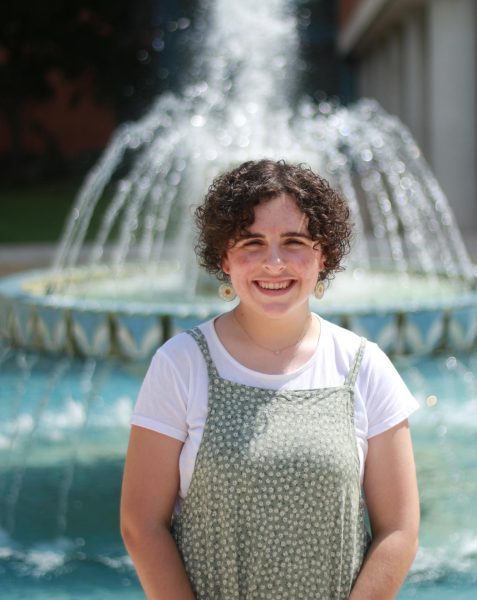
Hello! My name is Sarah, and I'm a senior from Nashville, TN majoring in communication and Spanish with a minor in history. I've been with the Trinitonian...

